As I mentioned in my previous post the last visit I made to Forest Park was relatively birdless but the bugs did their best to make up for the lack of birds. In particular, the area around the reclamation pond was quite buggy, with the water and numerous wildflowers creating quite the habitat for everything from bees to butterflies. In particular two species of skipper stood out, and I got some decent shots and managed to identify them and everything!
Zabulon Skipper top-view
The first skipper, a male Zabulon Skipper (Poanes zabulon) is idenitifed by the yellow wing enclosed by a brown patch that runs along the base of the hindwing. The female is much darker, almost entirely a rich chocolate brown color, though they do have a nice silvery-white trim at the apex of the hindwing. In the United States they are primarily a southeastern and midwestern species, but they occur along the coast up to Cape Cod and north as far as Wisconsin. They also occur as far south as Panama.
Zabulon Skipper
The second skipper that attracted me and my camera was a Silver-spotted Skipper (Epargyreus clarus), a rather easy to identify butterfly (at least as far as skippers go). I should caution that there is also a butterfly in Europe that goes by the same common name but a different scientific name (Hesperia comma). One look at the large white patch on the wing and you will know what species it is you are seeing.
The only species of skipper it might be possible to confuse a Silver-spotted Skipper with would be a Hoary Edge (Achalarus lyciades), but the Hoary Edge, as its name implies, as a white spot on the edge of the hindwing, not in the middle.
Silver-spotted Skippers are found across the continental United States into Canada and, presumably, south to Central America. They are a common and wide-ranging skipper and you have most likely seen one even if you didn’t know it.
Most information in this post came from Wikipedia and the butterfly field guide I use, Butterflies through Binoculars. I find with the field guide and my camera I am getting more and more confident identifying butterflies, even without expert help! So get equipped, get out there, and find some butterflies!


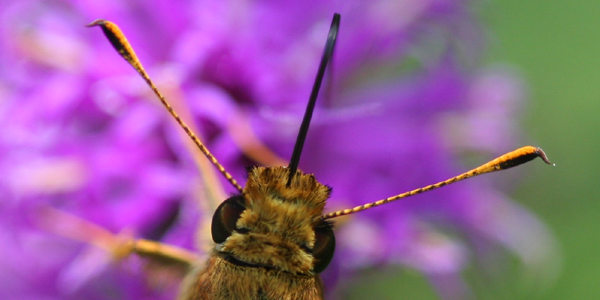
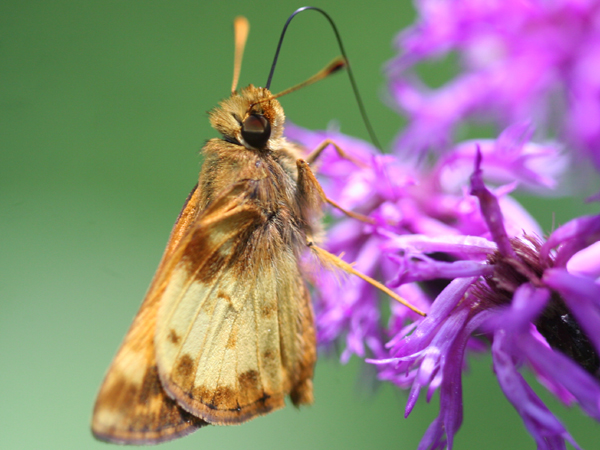
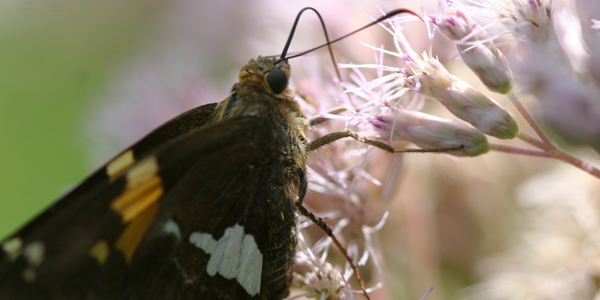
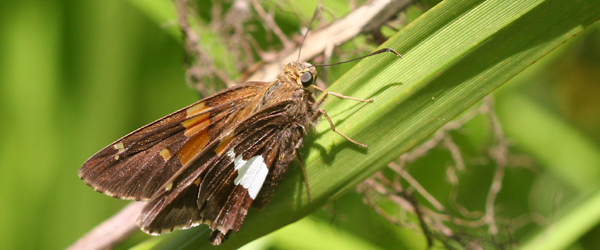
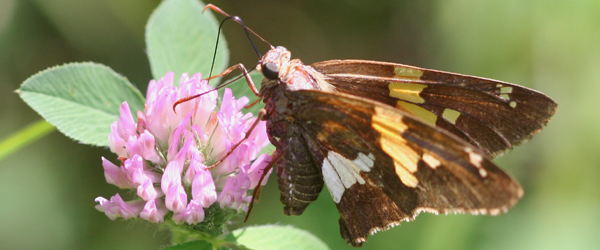











I have enjoyed reading the articles and the pictures on this site, 10,000 Birds. I would like to be able to make comments in your blog. Keep up the good work!
Superb pictures, thanks for sharing them with us.